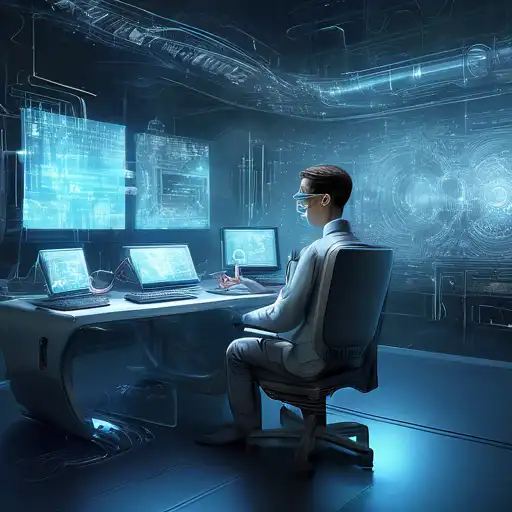Introduction to Computer Vision Technology
Computer vision technology has seen remarkable advancements in recent years, transforming how machines interpret and understand visual information. This technology enables computers to identify, process, and analyze images and videos in a way that mimics human vision, but with the potential for greater accuracy and speed.
Key Advancements in Computer Vision
Several key advancements have propelled computer vision technology forward. These include the development of more sophisticated algorithms, the availability of large datasets for training, and the increased computational power of modern hardware.
- Deep Learning Models: The use of deep learning models, such as convolutional neural networks (CNNs), has significantly improved the accuracy of image recognition tasks.
- Real-time Processing: Advances in hardware and software have enabled real-time processing of visual data, opening up new applications in surveillance, autonomous vehicles, and more.
- 3D Image Recognition: The ability to interpret 3D images has expanded the possibilities for computer vision in fields like medical imaging and robotics.
Applications of Advanced Computer Vision
The applications of advanced computer vision technology are vast and varied. Here are a few areas where it's making a significant impact:
- Healthcare: From diagnosing diseases through medical imaging to assisting in surgeries, computer vision is revolutionizing healthcare.
- Autonomous Vehicles: Self-driving cars rely heavily on computer vision to navigate safely and efficiently.
- Retail: Computer vision is used for inventory management, customer tracking, and enhancing the shopping experience through augmented reality.
Challenges and Future Directions
Despite its advancements, computer vision technology faces challenges such as privacy concerns, the need for vast amounts of training data, and the risk of bias in algorithms. However, ongoing research and development promise to address these issues and further expand the capabilities of computer vision.
Looking ahead, we can expect computer vision technology to become even more integrated into our daily lives, with advancements in artificial intelligence and machine learning driving further innovation.
Conclusion
The advancements in computer vision technology are reshaping industries and creating new opportunities for innovation. As the technology continues to evolve, its potential applications are only limited by our imagination. Staying informed about these developments is crucial for anyone interested in the future of technology.
